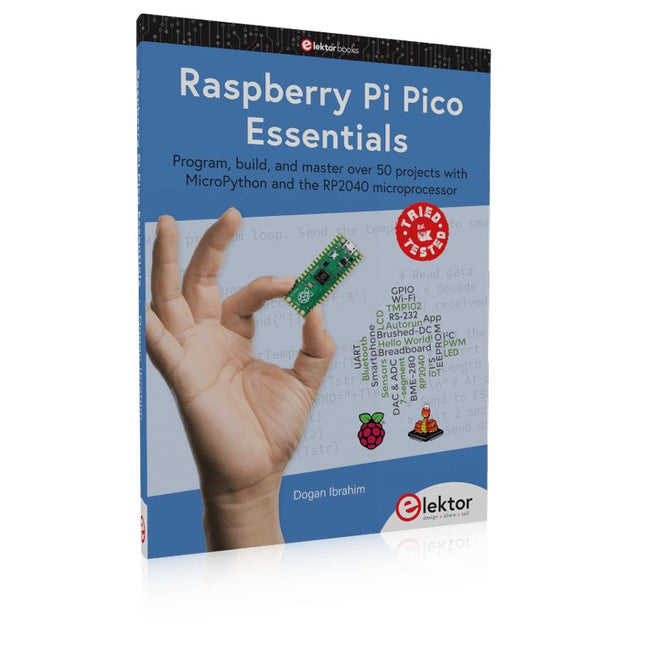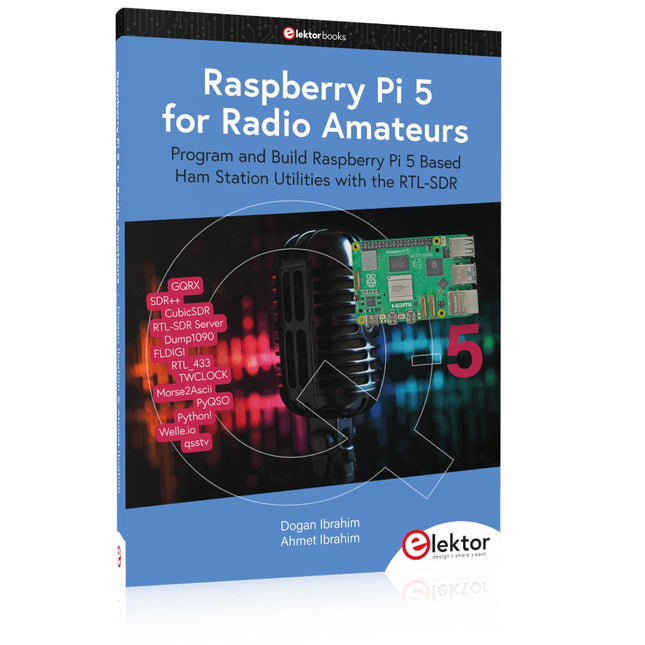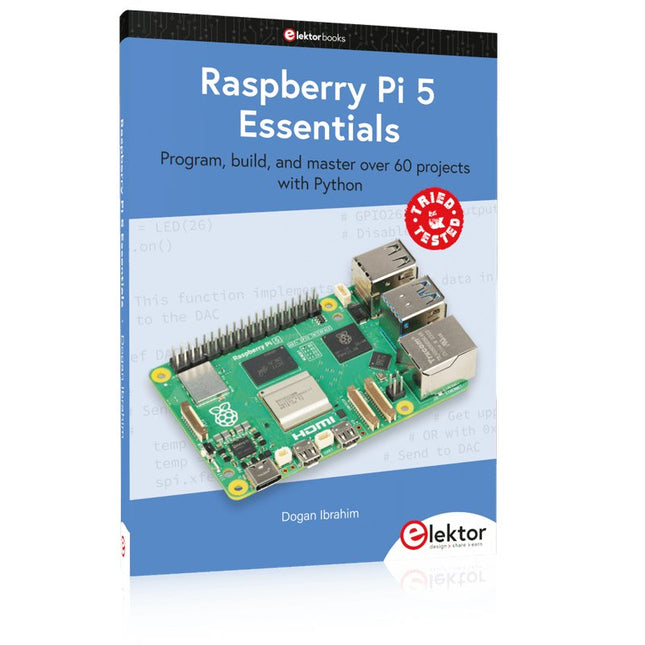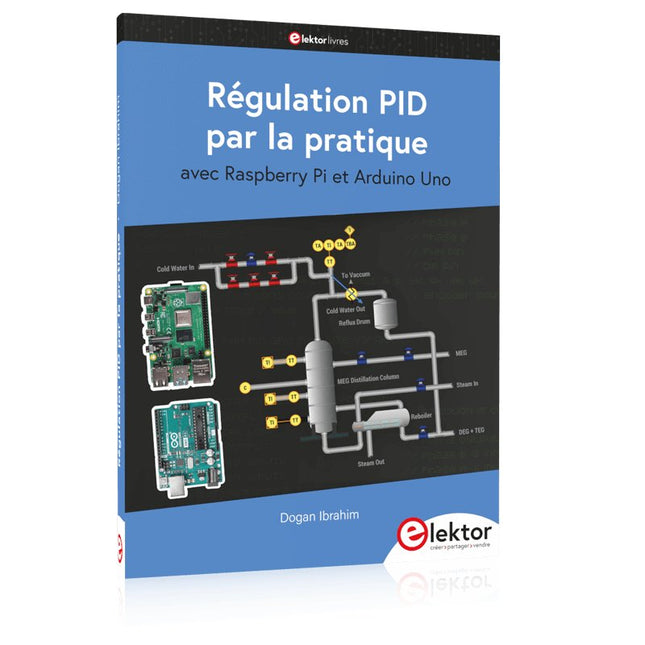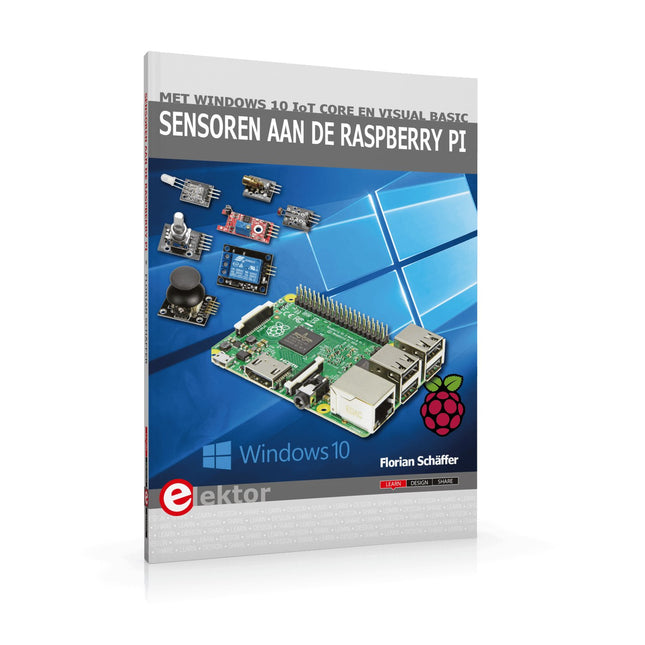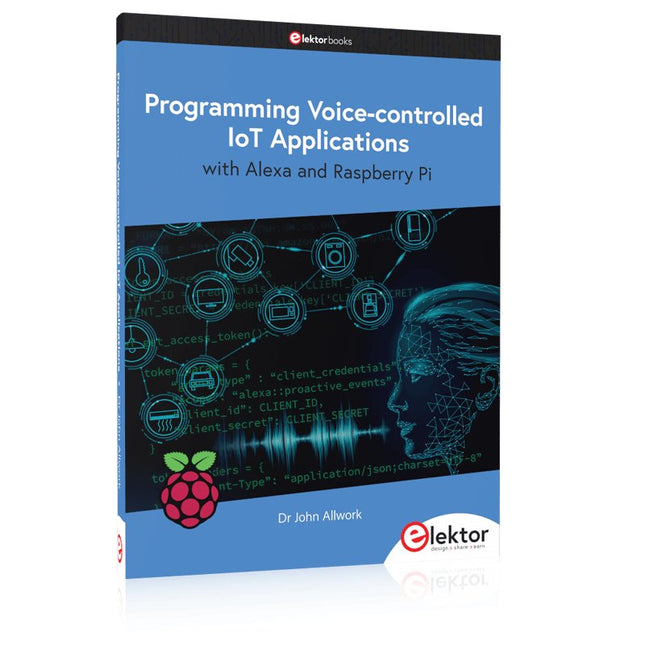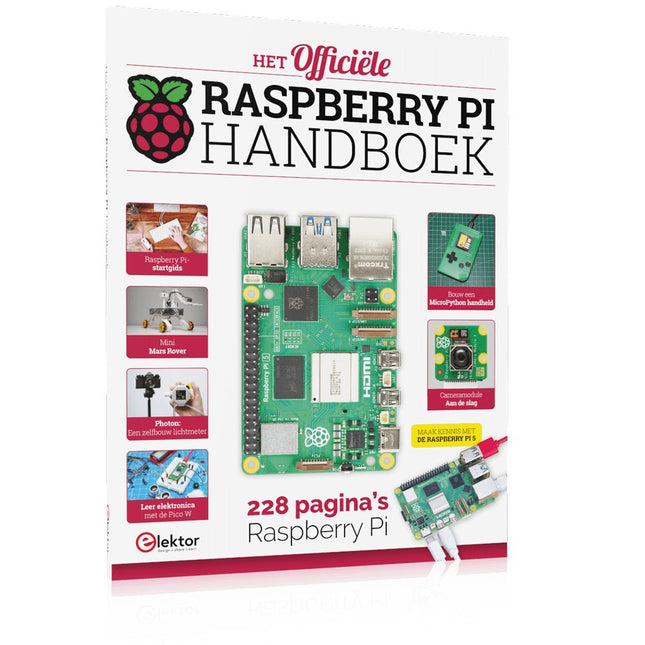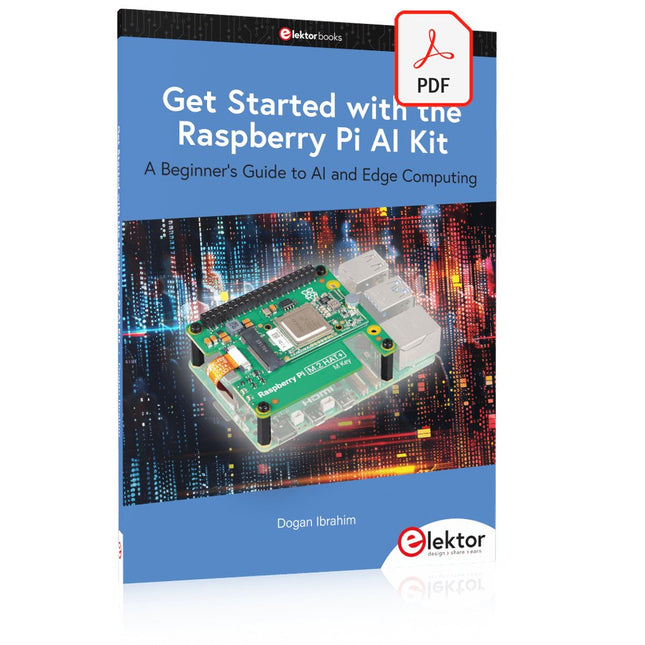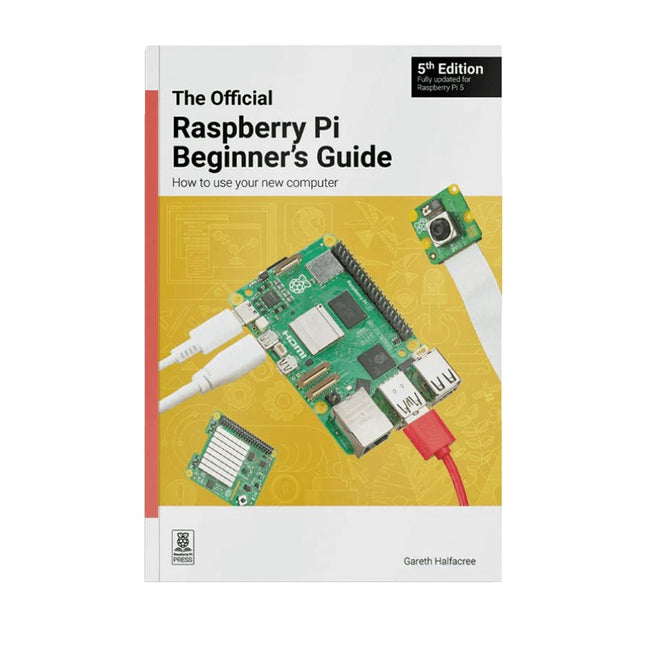Raspberry Pi boeken
Wat is Raspberry Pi?
Een Raspberry Pi is een kleine computer, sommige zelfs zo klein dat ze in je broekzak passen. De Single Board Computer (SBC) zijn gemaakt door de Engelse Raspberry Pi Foundation. In de SBC zijn alle essentiële onderdelen als processor, RAM en GPU te vinden op één board gemonteerd. Deze kleine computer is ongekend populair onder soft- en hardware liefhebbers uit de wereld omdat deze Single Board Computer ontzettend krachtig is en vele toepassingen kent.
Welke boeken over Raspberry Pi zijn er
Omdat de toepassingen waarin je een Raspberry Pi kunt gebruiken eindeloos zijn, van smart-home tot mediaspeler, is er voor iedere toepassing wel een boek met uitleg te vinden. De meest verkochte Raspberry Pi Boeken bij Elektor.nl zijn:
1. Machine Learning met Python voor PC, Raspberry Pi en Maxduino
2. Raspberry Pi Pico for Radio Amateurs
In dit boek programmeer en bouw je jouw eigen Pi-Pico gebaseerde stations speciaal voor de radio- en zendamateurs van Nederland.
3. The Official Raspberry Pi Handbook 2022
Met meer dan 200 pagina’s met praktische projecten, uitlegpagina’s en expert tutorial is het handboek dé manier om meer te leren over Raspberry Pi. Dit boek is geschikt voor beginners en ervaren gebruikers van de SBC’s van Raspberry Raspberry.
Pi boeken van Elektor.nl
Als officiële wederverkoper is Elektor de webshop in Nederland die goedgekeurd is door de Raspberry Pi Foundation. Alle officiële Raspberry komen rechtstreeks van de fabrikant. Het fijne hiervan is dat nieuwe producten altijd op de releasedatum leverbaar zijn.


